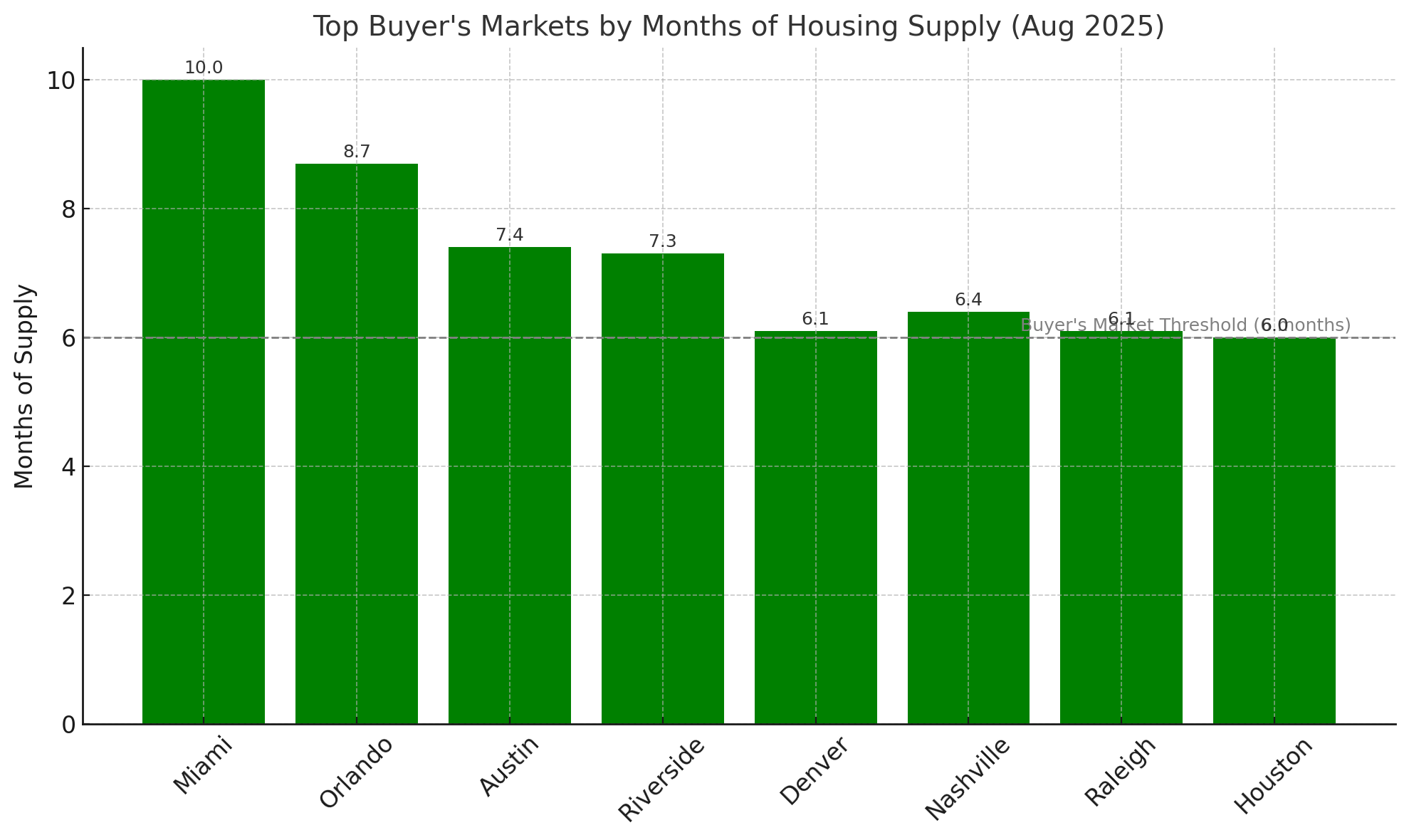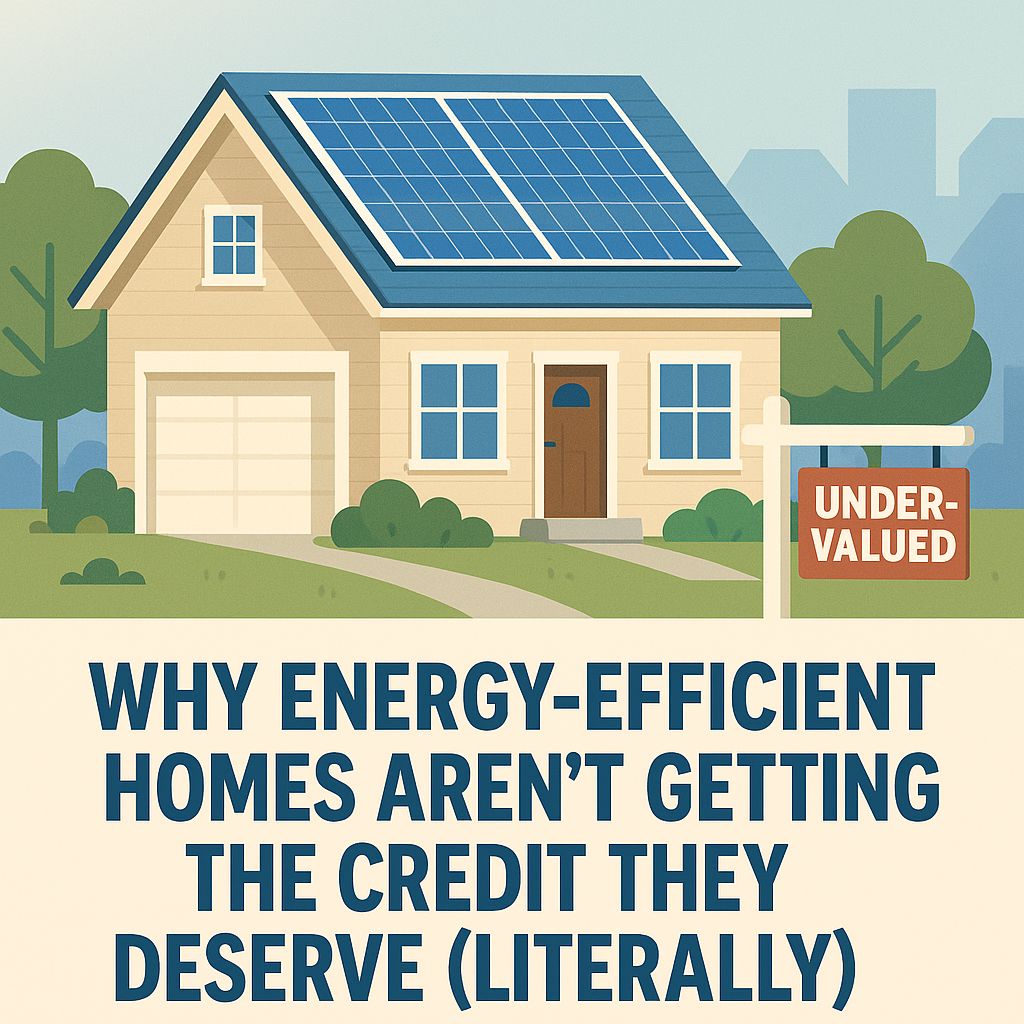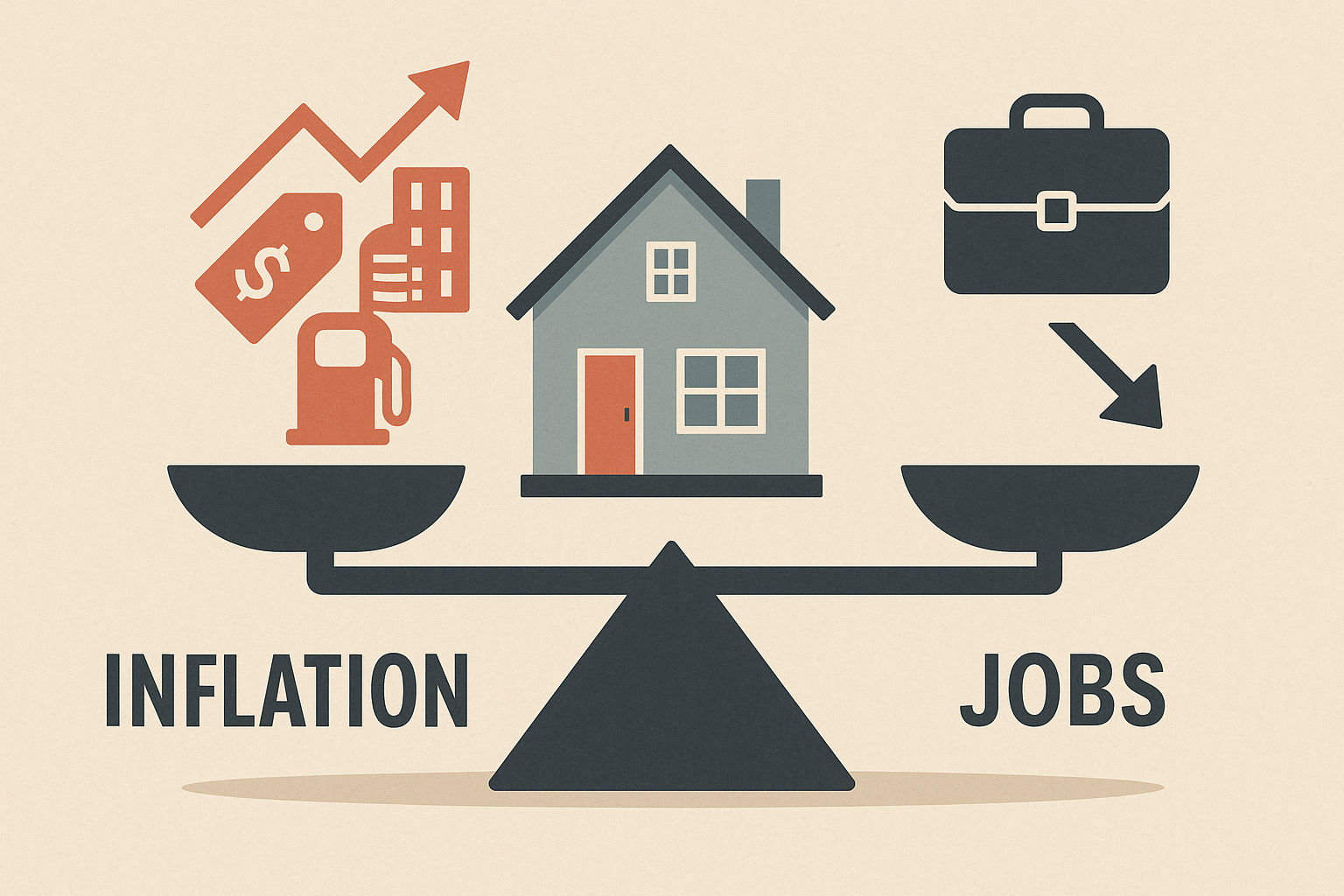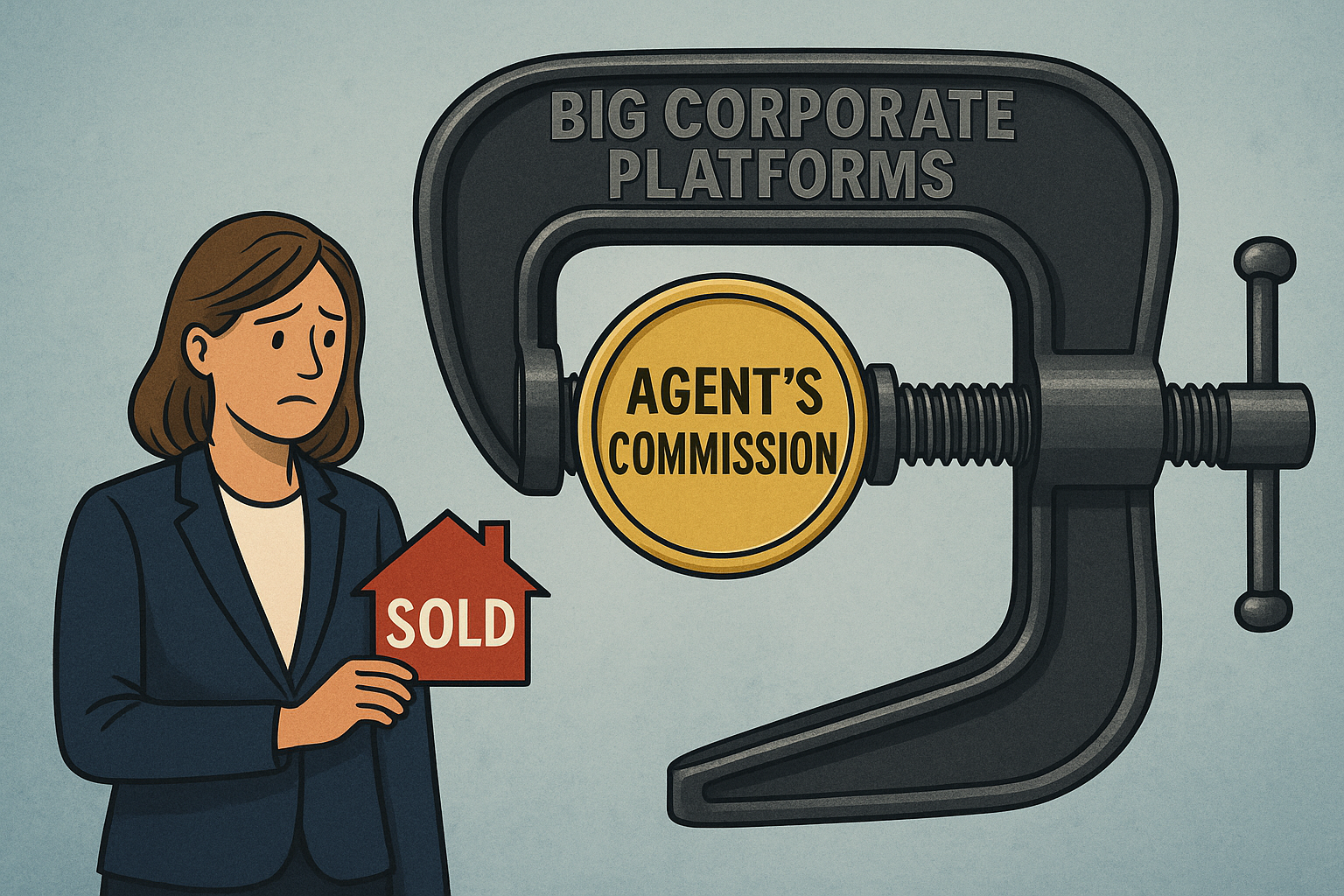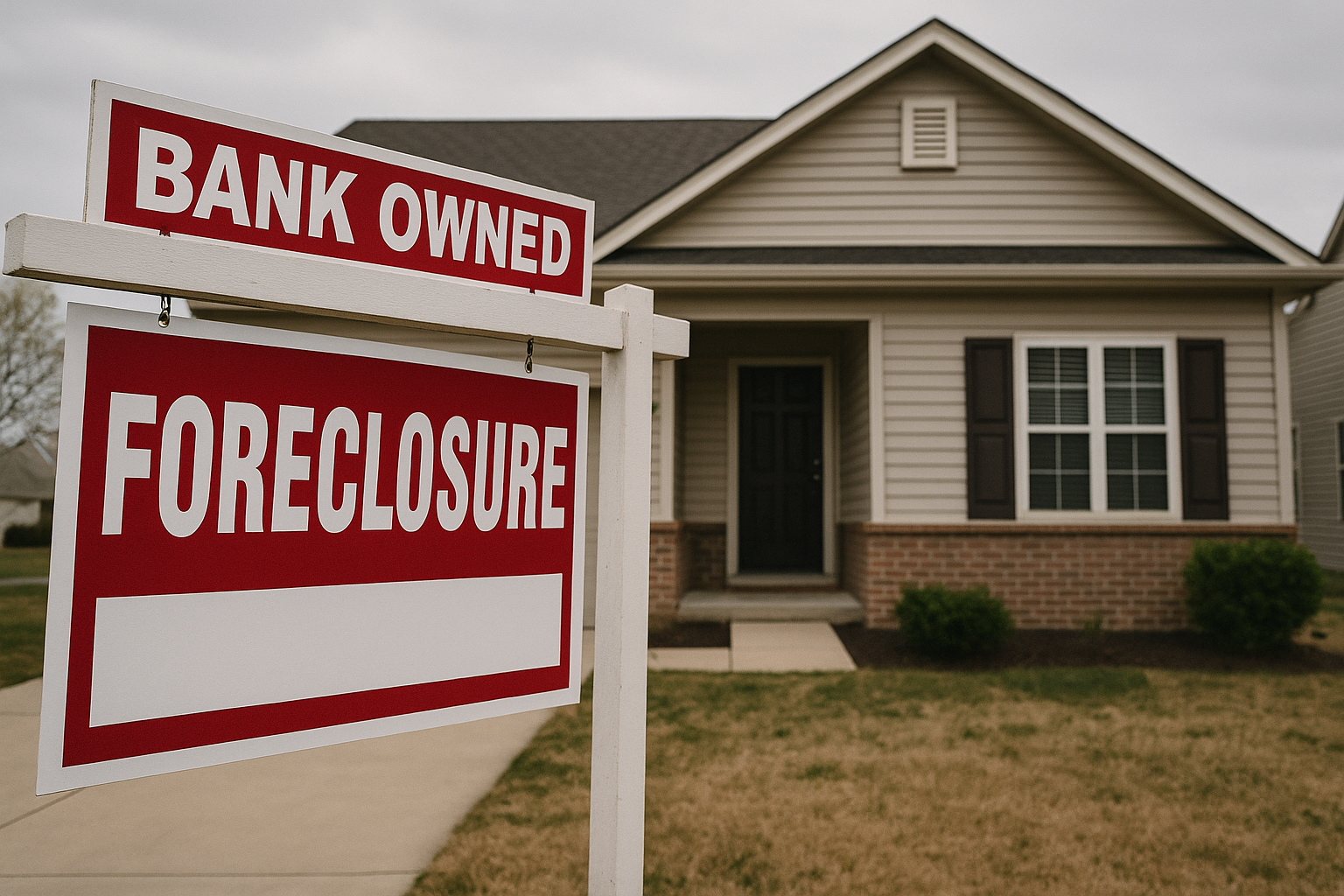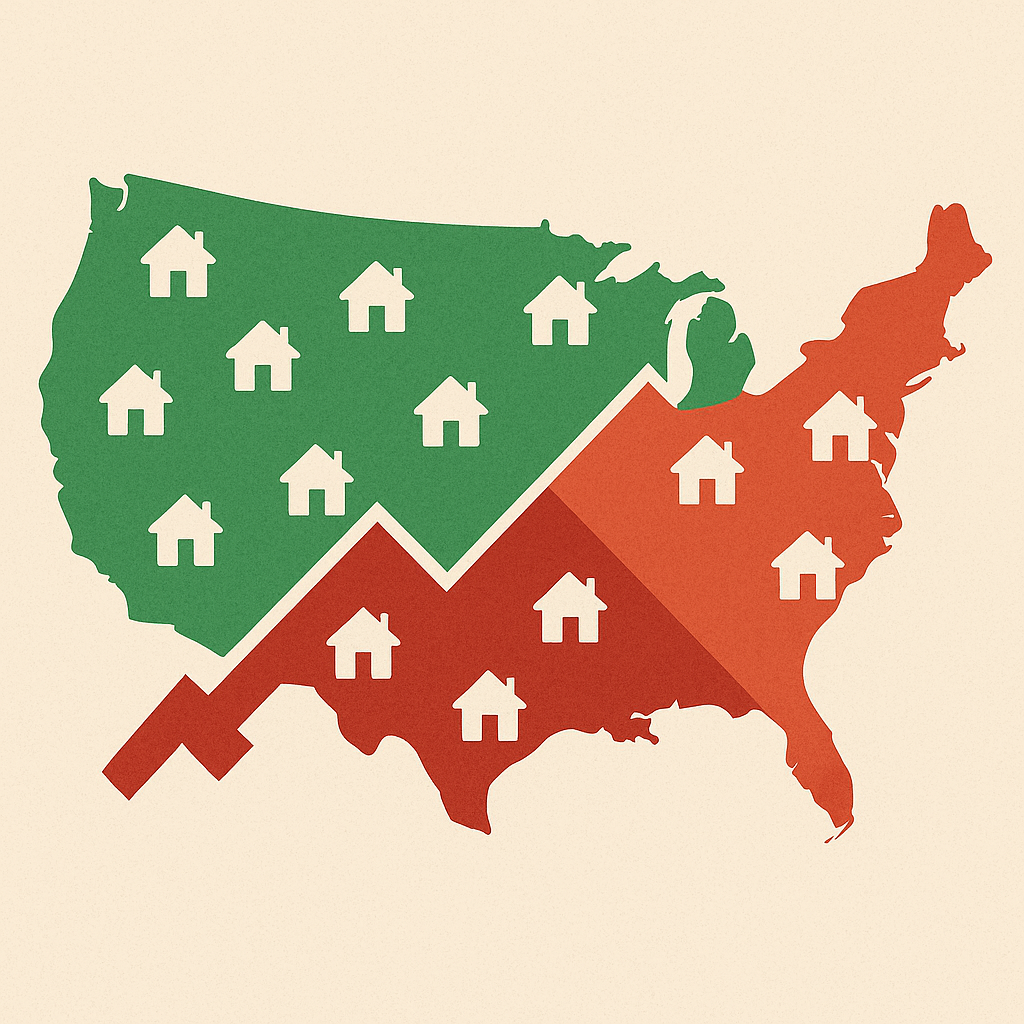According to the Q2 2025 Investor Pulse™ Report from BatchData, investors accounted for 33% of all single-family home purchases in the U.S., the highest share in five years. That jump from 27% in Q1 might sound alarming to some, but the full picture is a bit more nuanced. Yes, investors bought one-third of the homes sold last quarter, but who those investors are, and what they’re buying, is the more important story.
Despite headlines often pointing fingers at Wall Street firms, it’s the “mom-and-pop” investors driving this trend. BatchData’s report shows that individuals owning one to five properties make up a staggering 87% of investor-owned single-family homes nationwide. When you include those holding up to 10 properties, that number jumps to 91%. The big institutions? They own just 2% of investor-held homes and have been net sellers for six quarters in a row. In Q2, they sold 5,801 homes while only buying 4,069.

